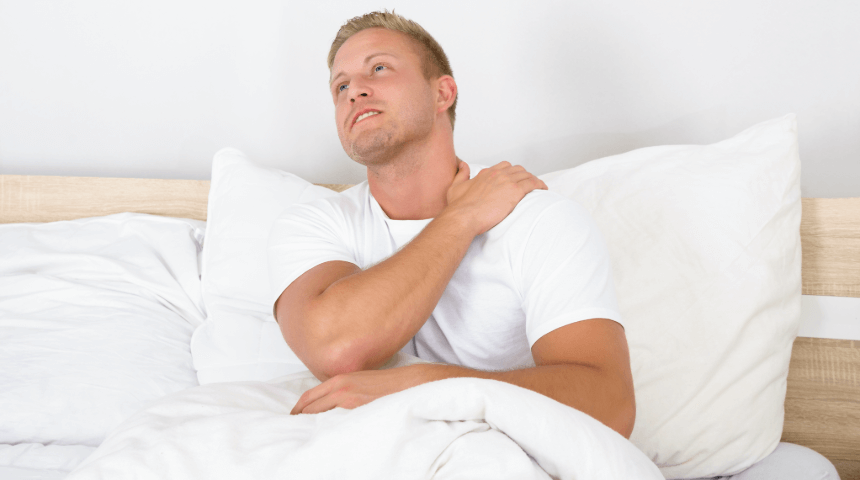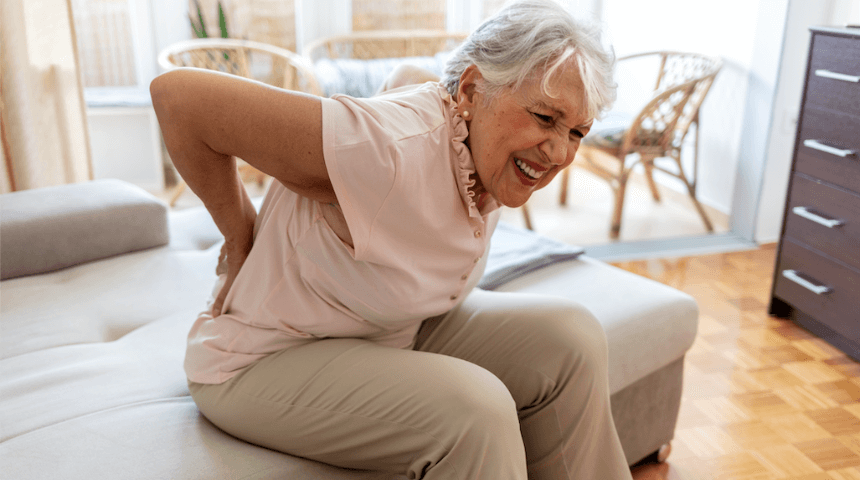Back pain is one of life’s most common ailments and a leading cause of missed work. The pain comes in so many forms that it can be tough to know the difference between something that will go away over time versus a more serious condition in need of an orthopedist’s care.
Pain can be caused by a range of problems, including discs, joints, muscles, joints or nerves. Most often the pain is found in the lower back, with about 80 percent of people experiencing low-back pain at some point in life.
Common Symptoms
Back issues can cause a wide range of symptoms. They can appear out of the blue or come on gradually. The pain may be mild, intense, dull or achy. It may be worse while you are in certain positions. Among the most common symptoms:
- Stiffness
- Problems with posture (it may be difficult to stand straight)
- Muscle spasms (sometimes painful enough to make it difficult to move)
- Increased pain when bending or lifting
- Pain radiating downward from your buttocks
- Worsened pain while sitting, resting or standing
Time for a Doctor?
Figuring out when you need to see an orthopedist isn’t always easy and can depend on numerous factors.
If you have severe back pain that hasn’t responded to medication, is related to an injury or is accompanied by fever, difficulty urinating, unexpected weight loss or numbness or tingling – you should make an appointment right away.
If you’re experiencing moderate symptoms, your first step could be seeing a doctor, who will evaluate your pain and prescribe medication for pain relief and/or muscle relaxation. If your symptoms don’t improve after a week to 10 days, you should probably seek out a more thorough evaluation. That should come sooner, however, if the pain begins to interfere with your normal day-to-day activities.
With lower levels of pain or stiffness, you can also try gentle stretching exercises (stop if the pain gets worse). These include:
Prone lying: Lie on your stomach and relax for a few minutes.
Prone props: Start in the above position and then prop yourself up on your elbows. Take a few deep breaths and relax.
Press-ups: Start in the prone position, with your hands flat on the ground under your shoulders. Gently raise your upper body off the floor, while keeping your legs and back relaxed. Hold the position for two seconds, doing 10 repetitions.
Low-back flexion: Lie on your back, with your knees bent. Slowly bring your knees to your chest, using your hands for support. Hold the position for two seconds and repeat 10 times.
Seated lumber flexion: Sit in a chair and slowly bend forward, reaching toward the floor. After fully bending, grab your ankles and pull gently. Hold for two seconds and repeat 10 times.
Standing lumbar flexion: Stand with your knees shoulder-width apart. Bend forward at the waist as far as you can and hold for two seconds. Repeat 10 times.
Standing lumbar extension: Start in the same position as above and put your hands at the small of your back. Slowly bend your spine backwards as far as is comfortable. Hold for several seconds and repeat 10 times.
Next Steps To Relieve Pain
If you decide to visit an orthopedist, expect your initial visit to start with a thorough evaluation of your condition. This could include an assessment of your ability to sit, stand, walk and lift your legs. Your doctor will want to know more about what may have caused the problem and will ask for your own evaluation of the pain and how it affects your daily life.
There are several diagnostic tools available, but your first option will likely be an X-ray. This will give your doctor a baseline of what your spine looks like and could reveal the presence of arthritis or bony defects in the spine.
Your doctor also may recommend an MRI (magnetic resonance imaging), which uses powerful magnets to create detailed images that can reveal disc, nerve or bone problems in the spine. Other potential tests include CT scans, blood tests and nerve studies.
Choose to Stay in Touch
Sign up to receive the latest health news and trends, wellness & prevention tips, and much more from Orlando Health.
Sign Up










